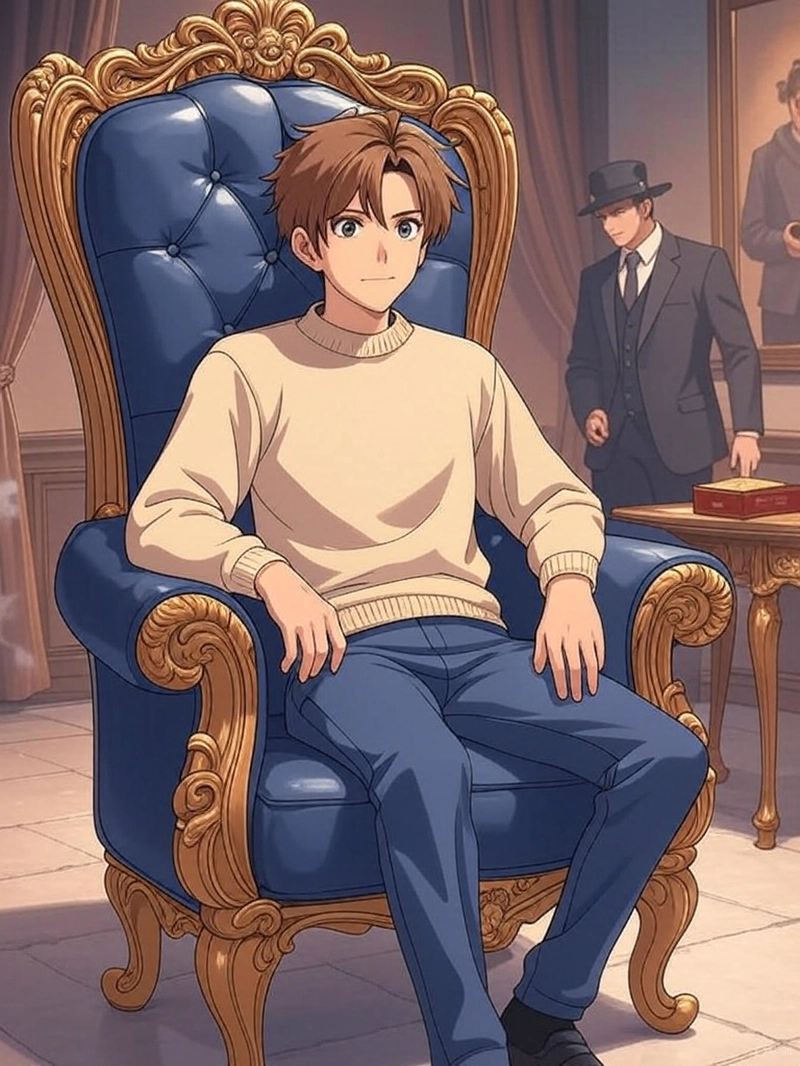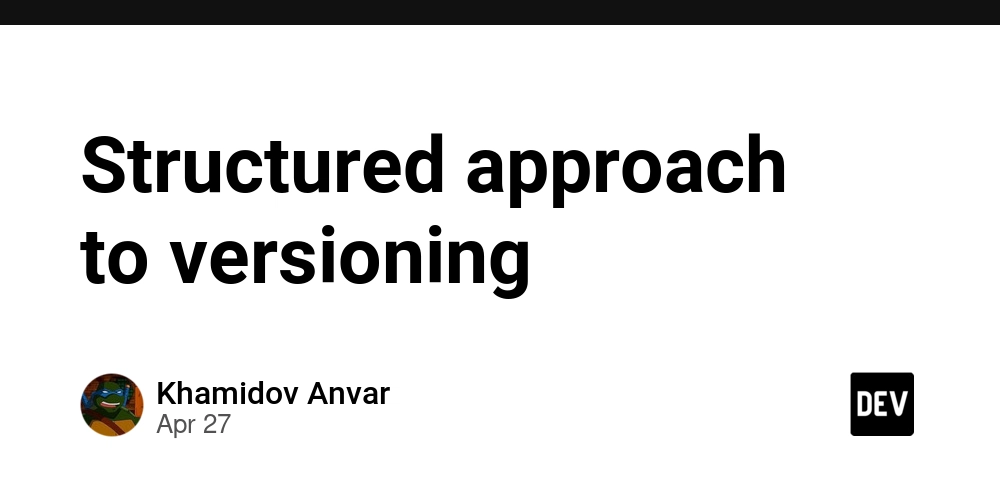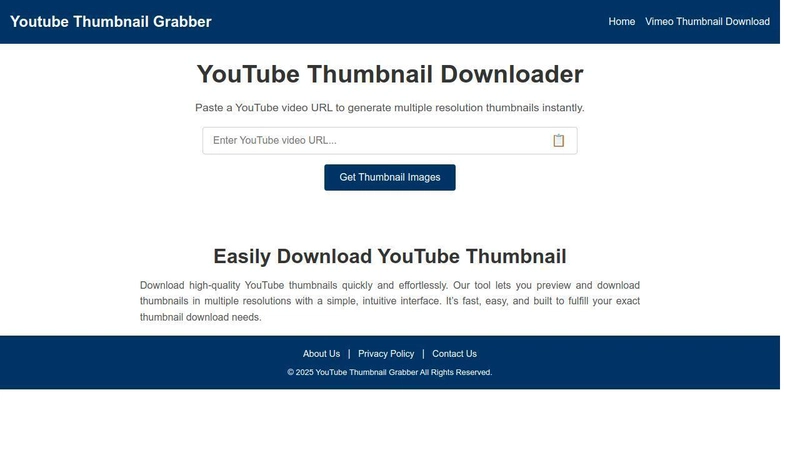Papyrus Font Designer
Introduction This paper aims to provide a comprehensive overview of the Papyrus font's origin, design characteristics, and its impact on popular culture and applications. Since its release in 1983, Papyrus has become one of the most recognizable yet controversial decorative fonts in the design world. This report explores its design philosophy, features, and cultural influence. Part 1: Papyrus Font Overview and Origin Definition: Papyrus is a fantasy typeface designed by graphic designer Chris Costello in 1982 and released by Letraset in 1983. Creation Background: Costello created this font at age 23, shortly after graduating from college Inspiration came from his studies of the Bible His goal was to recreate how English text might have appeared if written on papyrus 2,000 years ago The font was hand-drawn over six months using a calligraphy pen and textured paper Copyright Changes: Initially released by Letraset Later re-issued by Linotype and ITC (International Typeface Corporation) Costello sold the font rights for $750 (equivalent to $2,400 in 2024) and still receives "very low" royalty payments despite its inclusion since 1997 on all personal computers using Mac or Microsoft operating systems, or Microsoft Office Part 2: Design Features and Philosophy Key Design Characteristics: Rough edges Irregular curves High horizontal strokes in the capitals Design Philosophy: ITC describes it as an "unusual roman typeface that effectively merges the elegance of a traditional roman letterform with the hand-crafted look of highly skilled calligraphy" Costello intended to simulate what English writing might have looked like if the language existed 2,000 years ago Technical Implementation: Hand-drawn using calligraphy pen and textured paper Blends the texture of ancient papyrus writing with modern readability Part 3: Availability and Distribution System Integration: Included on all personal computers using Mac or Microsoft operating systems since 1997 Included in many Microsoft programs for Windows, including Microsoft Office Part of the basic installation of macOS since version 10.3 Panther, released in 2003 Widespread Use: Despite designer Costello stating "it was not my intent (for it) to be used for everything...it's way overused" Widely applied in designs requiring an "ancient," "mystical," or "exotic" atmosphere due to its distinctive appearance Part 4: Cultural Impact and Controversy Papyrus in Popular Culture: Used in the movie "Avatar" for subtitles and a modified version for the film's title Featured in the game "Undertale" for the character Papyrus's dialogue, while his brother Sans uses the similarly infamous Comic Sans The webcomic XKCD featured a character annoying a "typography geek" with a birthday card printed in Papyrus Criticism and Controversy: Criticized for overuse and misuse, similar to the controversy surrounding Comic Sans In 2008, a website named "Papyrus Watch" was created to document the typeface's ubiquity and misusage A 2017 "Saturday Night Live" (SNL) sketch titled "Papyrus" starring Ryan Gosling satirized its use in "Avatar" The sketch also claimed Papyrus was widely used for Shakira merchandise, hookah bars, and off-brand tea companies Cultural Response: "Avatar" producer Jon Landau acknowledged that the SNL sketch helped keep "Avatar" relevant during production of the second film For the expansion of the "Avatar" franchise, "Avatar: The Way of Water" changed to a proprietary font called Toruk, though Papyrus is still used for subtitles Following the release of "The Way of Water," Gosling starred in a second SNL short called "Papyrus 2," satirizing that despite the sequel's enormous budget, the typeface had merely been changed to bold Part 5: Introduction to PapyrusFont.com Website Features: PapyrusFont.com offers online tools for using the Papyrus font Users can input text and convert it to PNG images using the Papyrus typeface How to Use: Simple text input interface Customizable text size, color, and background One-click export to high-quality PNG images suitable for various design projects Application Scenarios: Ideal for design projects requiring an ancient Egyptian style or mystical feel Useful for creating logos, posters, invitations, and other design elements Provides a convenient solution for quick designs without needing to install the font Conclusion Since its release in 1983, the Papyrus font has become a significant presence in the digital typography world. Although creator Chris Costello initially designed it to mimic the appearance of ancient text, it has far exceeded its original design intent to become a controversial element in popular culture. From the movie "Avatar" to SNL's satirical sketches, Papyrus has become a symbol of overuse and misuse, joining Comic Sa

Introduction
- This paper aims to provide a comprehensive overview of the Papyrus font's origin, design characteristics, and its impact on popular culture and applications.
- Since its release in 1983, Papyrus has become one of the most recognizable yet controversial decorative fonts in the design world. This report explores its design philosophy, features, and cultural influence.
Part 1: Papyrus Font Overview and Origin
- Definition: Papyrus is a fantasy typeface designed by graphic designer Chris Costello in 1982 and released by Letraset in 1983.
-
Creation Background:
- Costello created this font at age 23, shortly after graduating from college
- Inspiration came from his studies of the Bible
- His goal was to recreate how English text might have appeared if written on papyrus 2,000 years ago
- The font was hand-drawn over six months using a calligraphy pen and textured paper
-
Copyright Changes:
- Initially released by Letraset
- Later re-issued by Linotype and ITC (International Typeface Corporation)
- Costello sold the font rights for $750 (equivalent to $2,400 in 2024) and still receives "very low" royalty payments despite its inclusion since 1997 on all personal computers using Mac or Microsoft operating systems, or Microsoft Office
Part 2: Design Features and Philosophy
-
Key Design Characteristics:
- Rough edges
- Irregular curves
- High horizontal strokes in the capitals
-
Design Philosophy:
- ITC describes it as an "unusual roman typeface that effectively merges the elegance of a traditional roman letterform with the hand-crafted look of highly skilled calligraphy"
- Costello intended to simulate what English writing might have looked like if the language existed 2,000 years ago
-
Technical Implementation:
- Hand-drawn using calligraphy pen and textured paper
- Blends the texture of ancient papyrus writing with modern readability
Part 3: Availability and Distribution
-
System Integration:
- Included on all personal computers using Mac or Microsoft operating systems since 1997
- Included in many Microsoft programs for Windows, including Microsoft Office
- Part of the basic installation of macOS since version 10.3 Panther, released in 2003
-
Widespread Use:
- Despite designer Costello stating "it was not my intent (for it) to be used for everything...it's way overused"
- Widely applied in designs requiring an "ancient," "mystical," or "exotic" atmosphere due to its distinctive appearance
Part 4: Cultural Impact and Controversy
-
Papyrus in Popular Culture:
- Used in the movie "Avatar" for subtitles and a modified version for the film's title
- Featured in the game "Undertale" for the character Papyrus's dialogue, while his brother Sans uses the similarly infamous Comic Sans
- The webcomic XKCD featured a character annoying a "typography geek" with a birthday card printed in Papyrus
-
Criticism and Controversy:
- Criticized for overuse and misuse, similar to the controversy surrounding Comic Sans
- In 2008, a website named "Papyrus Watch" was created to document the typeface's ubiquity and misusage
- A 2017 "Saturday Night Live" (SNL) sketch titled "Papyrus" starring Ryan Gosling satirized its use in "Avatar"
- The sketch also claimed Papyrus was widely used for Shakira merchandise, hookah bars, and off-brand tea companies
-
Cultural Response:
- "Avatar" producer Jon Landau acknowledged that the SNL sketch helped keep "Avatar" relevant during production of the second film
- For the expansion of the "Avatar" franchise, "Avatar: The Way of Water" changed to a proprietary font called Toruk, though Papyrus is still used for subtitles
- Following the release of "The Way of Water," Gosling starred in a second SNL short called "Papyrus 2," satirizing that despite the sequel's enormous budget, the typeface had merely been changed to bold
Part 5: Introduction to PapyrusFont.com
-
Website Features:
- PapyrusFont.com offers online tools for using the Papyrus font
- Users can input text and convert it to PNG images using the Papyrus typeface
-
How to Use:
- Simple text input interface
- Customizable text size, color, and background
- One-click export to high-quality PNG images suitable for various design projects
-
Application Scenarios:
- Ideal for design projects requiring an ancient Egyptian style or mystical feel
- Useful for creating logos, posters, invitations, and other design elements
- Provides a convenient solution for quick designs without needing to install the font
Conclusion
- Since its release in 1983, the Papyrus font has become a significant presence in the digital typography world.
- Although creator Chris Costello initially designed it to mimic the appearance of ancient text, it has far exceeded its original design intent to become a controversial element in popular culture.
- From the movie "Avatar" to SNL's satirical sketches, Papyrus has become a symbol of overuse and misuse, joining Comic Sans as a focal point of controversy in the design world.
- Nevertheless, it remains a distinctive and easily recognizable font that, when used appropriately, can effectively convey an ancient, mystical, or exotic atmosphere.
- The emergence of tools like PapyrusFont.com has made the application of this font more convenient, providing designers with a method to quickly create Papyrus-style text images.




















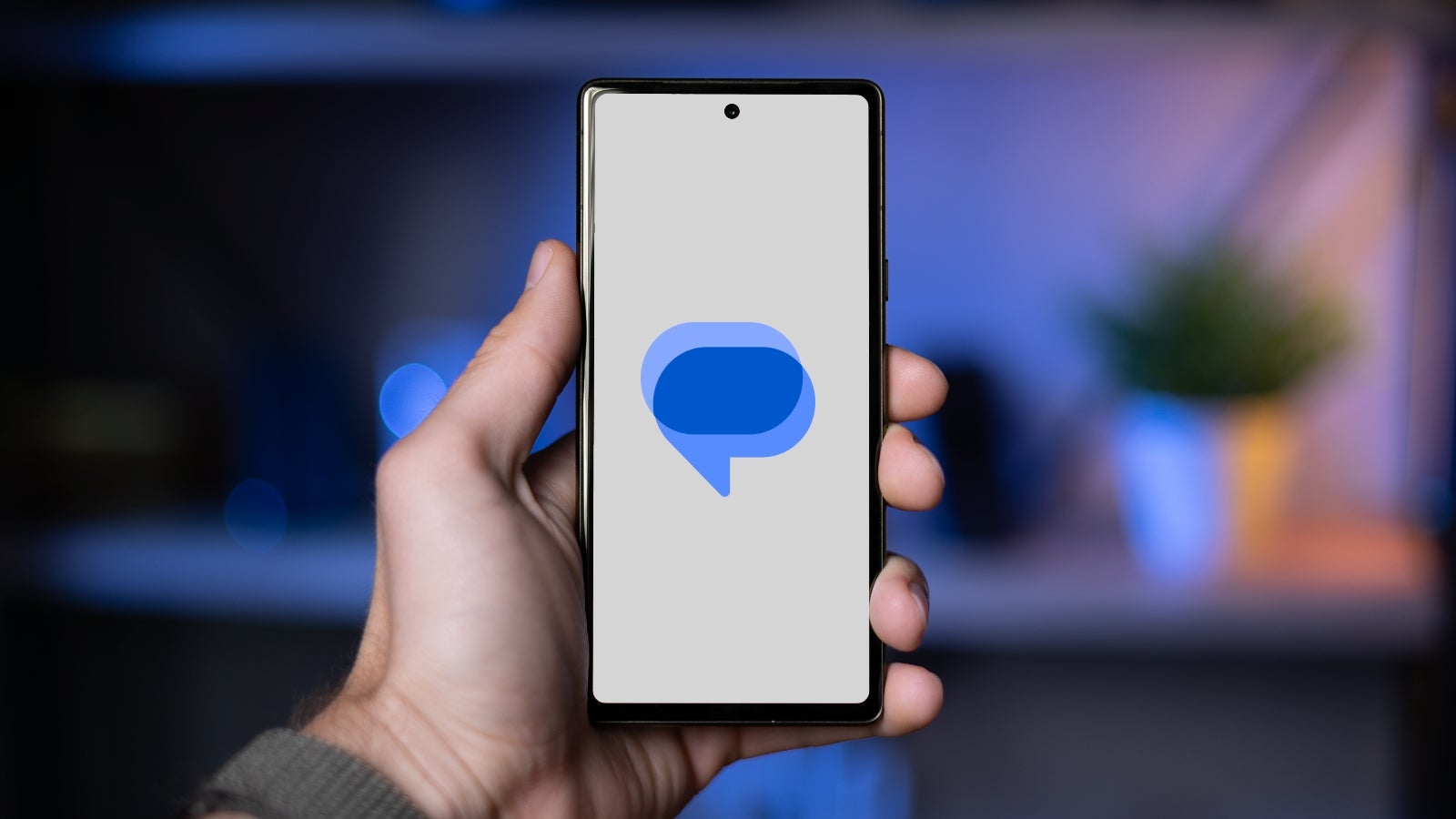
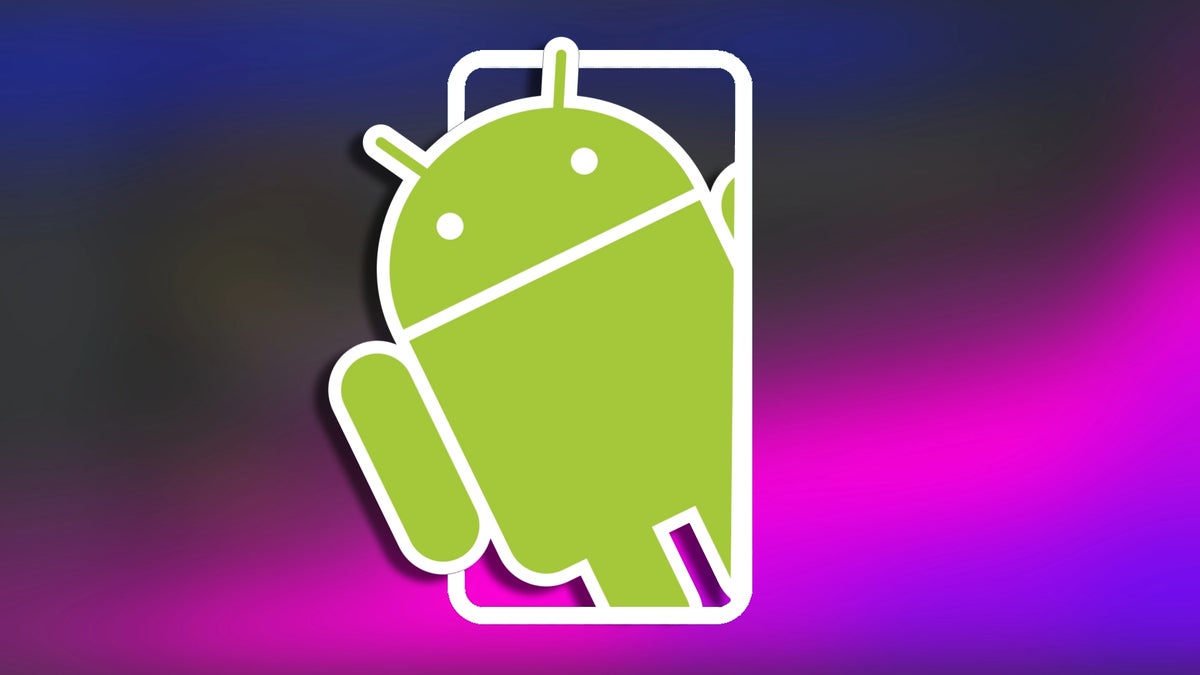



















































![New iPad 11 (A16) On Sale for Just $277.78! [Lowest Price Ever]](https://www.iclarified.com/images/news/97273/97273/97273-640.jpg)

![Apple Foldable iPhone to Feature New Display Tech, 19% Thinner Panel [Rumor]](https://www.iclarified.com/images/news/97271/97271/97271-640.jpg)
![Apple Shares New Mother's Day Ad: 'A Gift for Mom' [Video]](https://www.iclarified.com/images/news/97267/97267/97267-640.jpg)



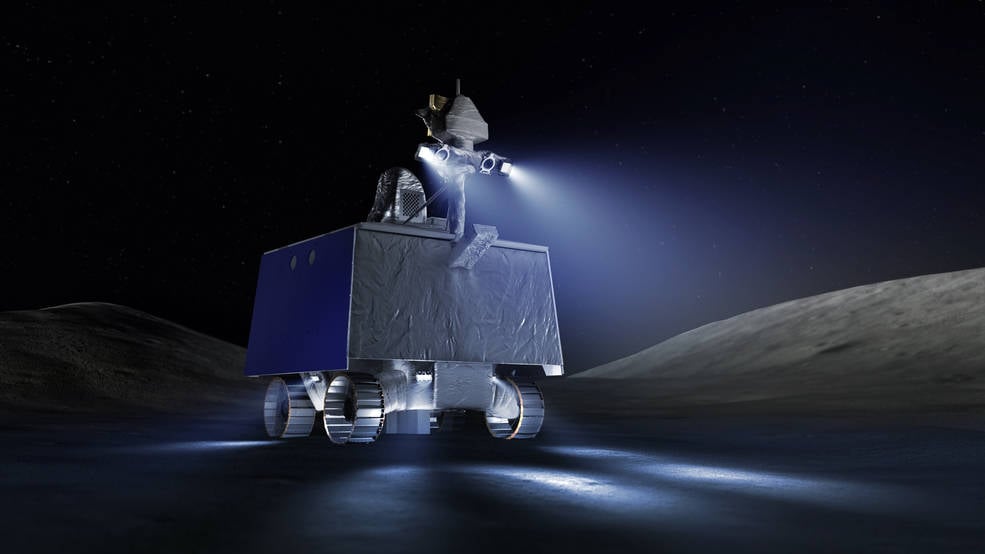

















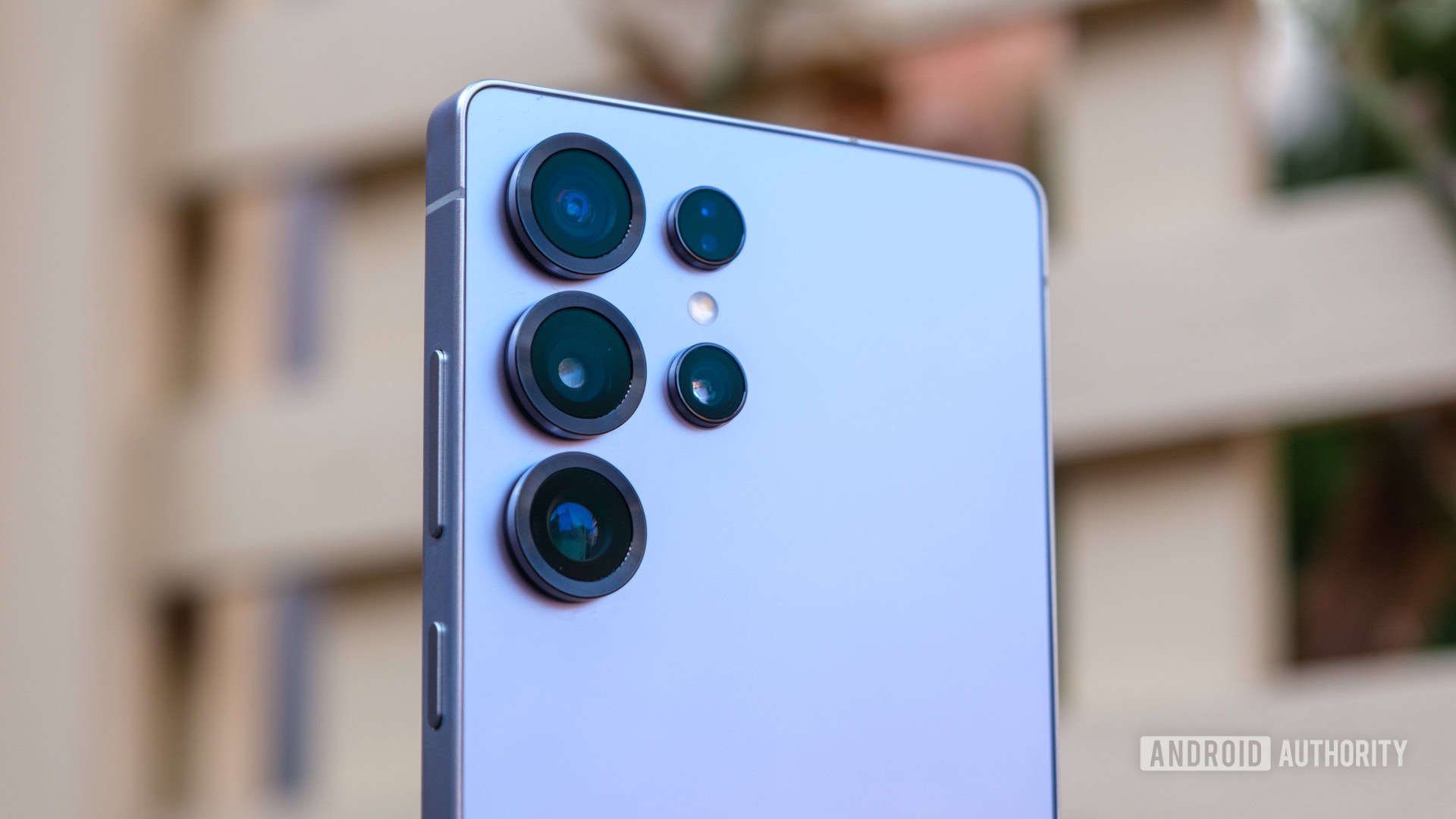
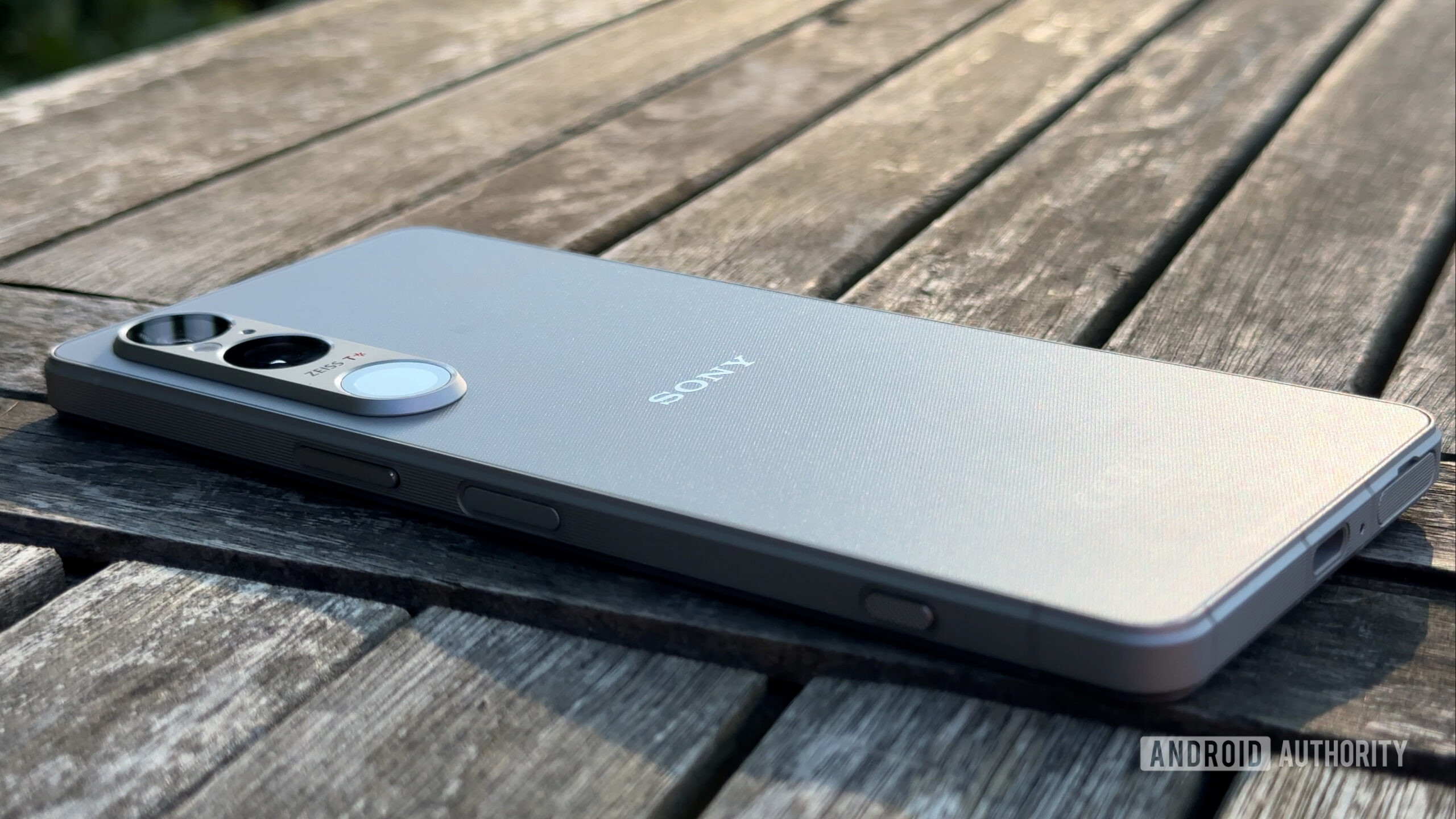





-xl.jpg)





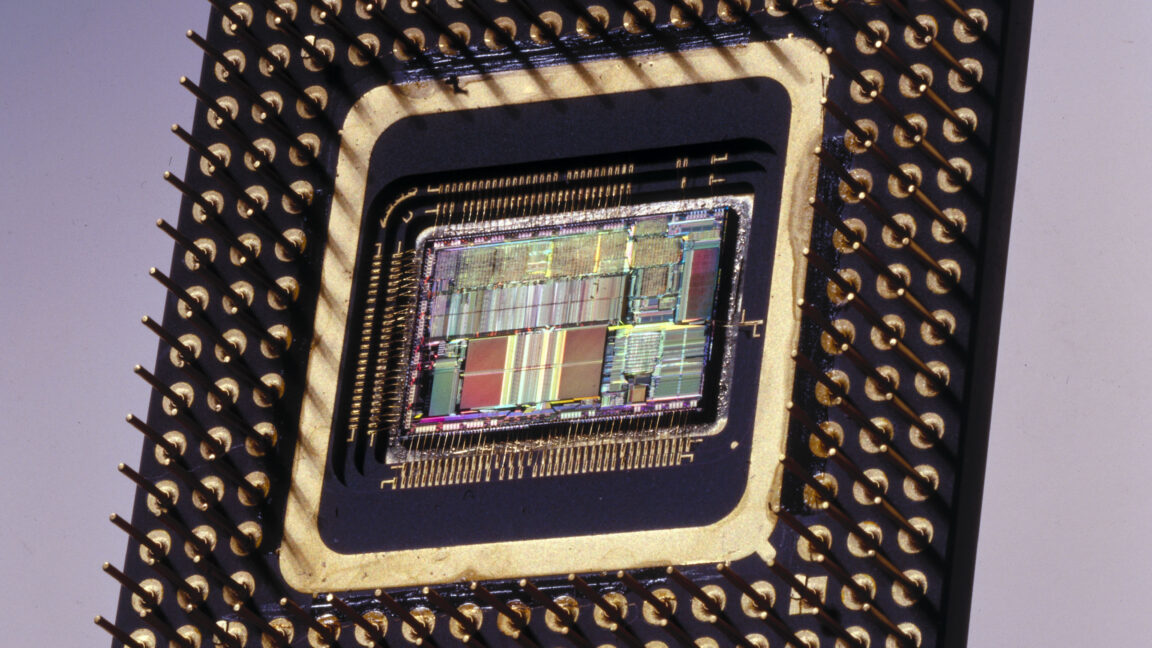



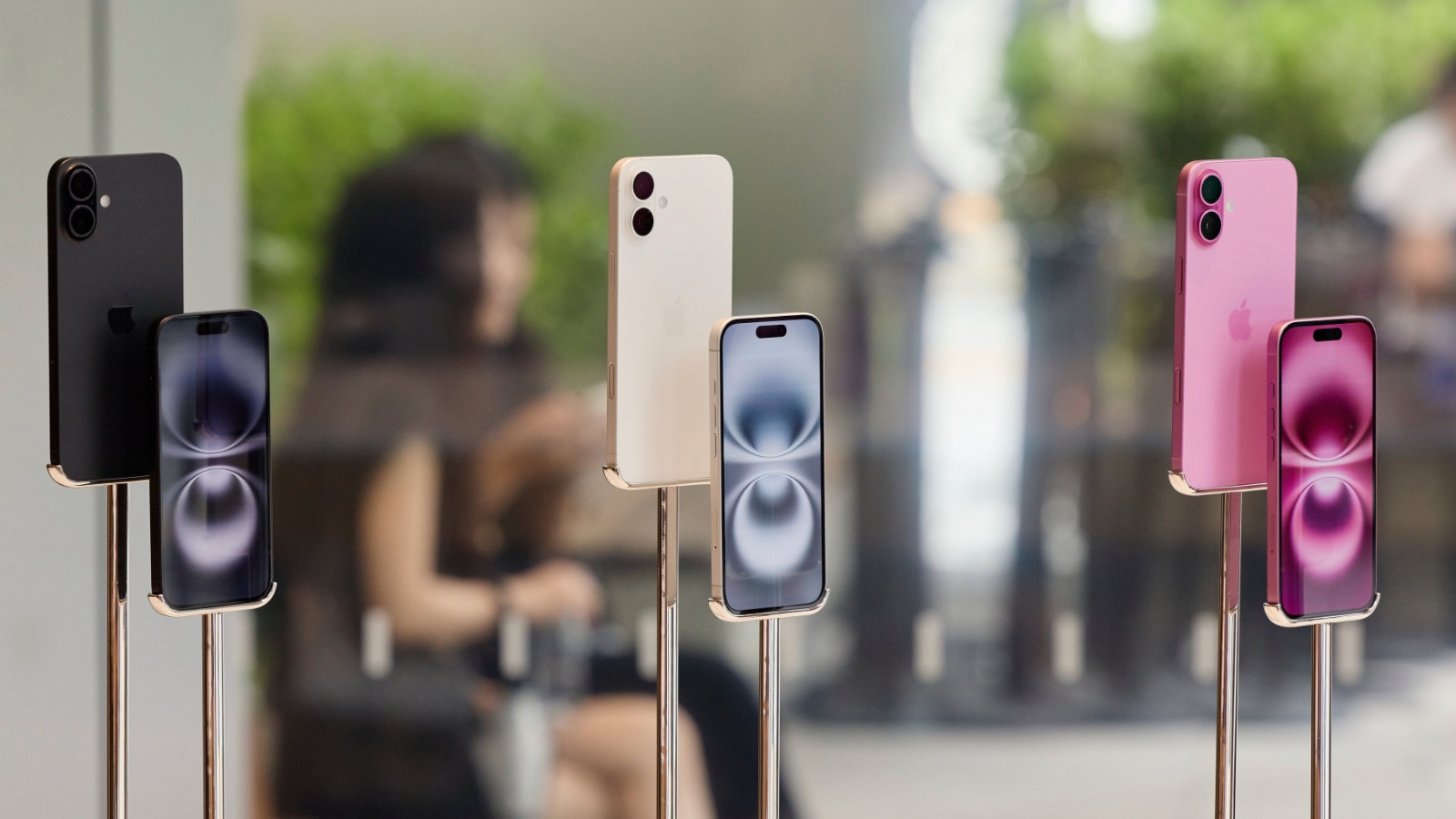









































































 Evolved as a Predominant Framework for Ransomware Attacks.webp?#)






























































































































![[The AI Show Episode 146]: Rise of “AI-First” Companies, AI Job Disruption, GPT-4o Update Gets Rolled Back, How Big Consulting Firms Use AI, and Meta AI App](https://www.marketingaiinstitute.com/hubfs/ep%20146%20cover.png)















































































































![Ditching a Microsoft Job to Enter Startup Hell with Lonewolf Engineer Sam Crombie [Podcast #171]](https://cdn.hashnode.com/res/hashnode/image/upload/v1746753508177/0cd57f66-fdb0-4972-b285-1443a7db39fc.png?#)

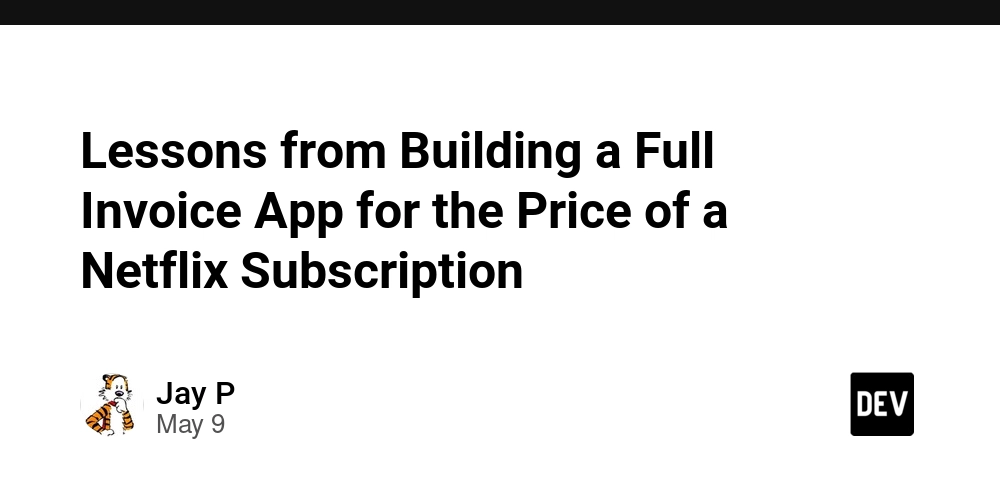













































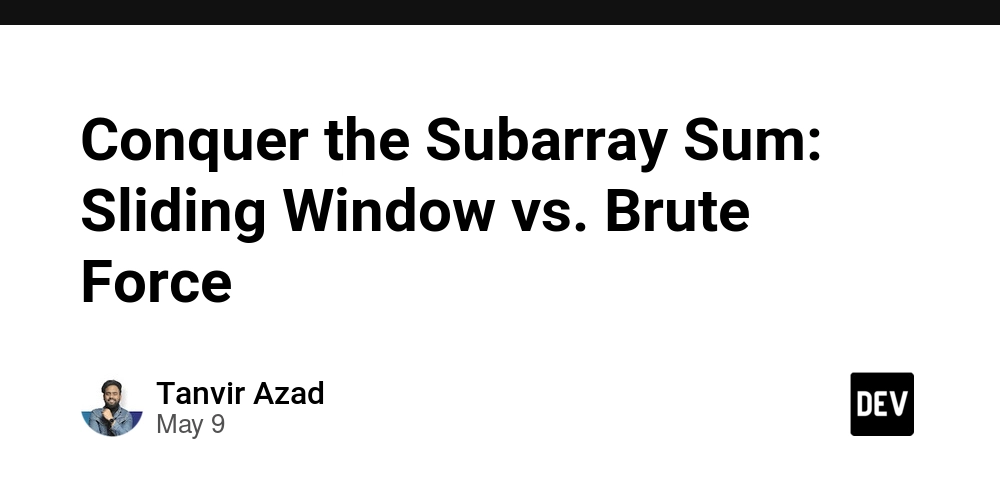




























-Nintendo-Switch-2-Hands-On-Preview-Mario-Kart-World-Impressions-&-More!-00-10-30.png?width=1920&height=1920&fit=bounds&quality=70&format=jpg&auto=webp#)





















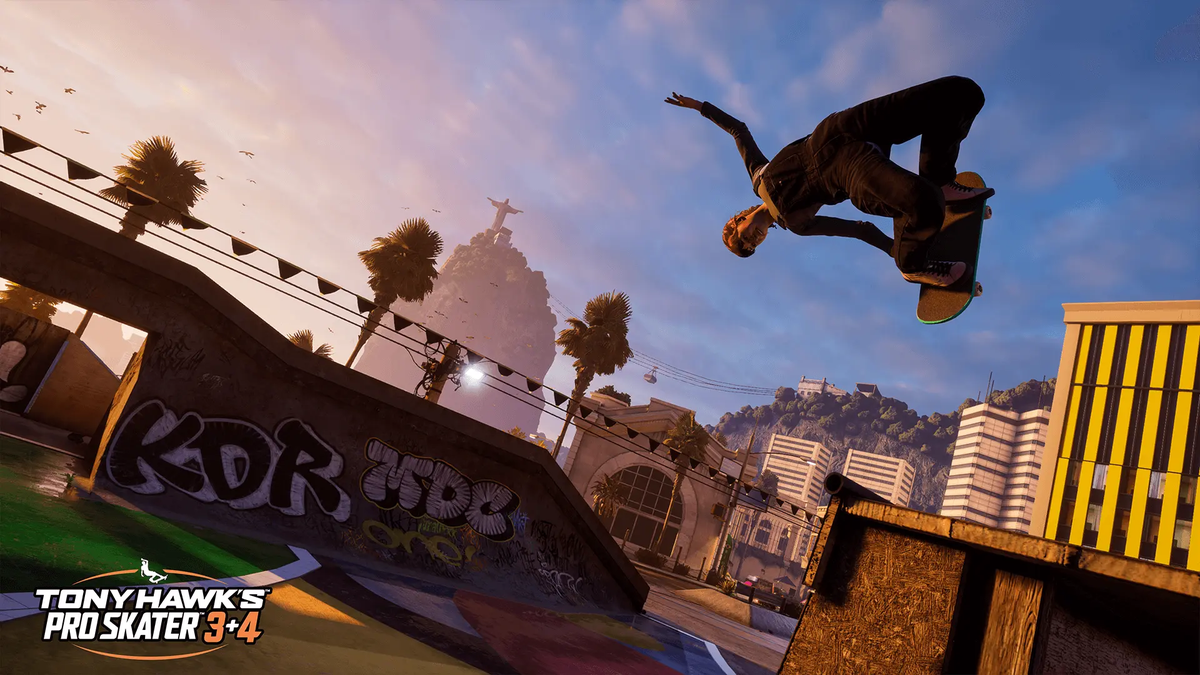































.jpg?width=1920&height=1920&fit=bounds&quality=70&format=jpg&auto=webp#)












